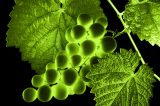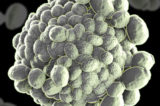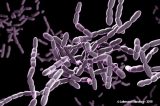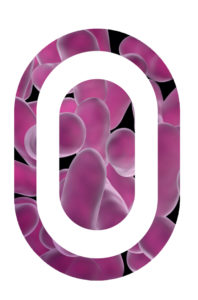
Biological tools in the vineyard to improve varietal expression
LalVigne under Investigation #1
In the context of current viticulture, the change observed in the climatic records of the last decades, with the rise in temperatures and the unusual rainfall distribution, is challenging for wine growers and winemakers to getting balanced grapes and wines, as these changes are leading to growing differences between technological maturity and aromatic and phenolic maturations. In order to face these changes, wine growers try to apply agronomic practices that can counteract these effects. Often these practices are not selective and have unwanted effects on different parameters of production or quality of the grapes. UI Vineyard Solutions #1 2020
The crucial step for a successful alcoholic fermentation in wine – Wine Yeast Rehydration
Wine Yeast Rehydration
Proper wine yeast rehydration is necessary because grape must is a very hostile environment with its low acidity, high sugar and osmotic pressure, and nutrients or micronutrients limitations is a big challenge for any yeast to conduct AF. Quality, fault free wine is related to a successful AF, and that comes with taking good care of your dry wine yeast. The Under Investigation explains why and how, and how rehydrating your yeast is key, and especially with a protector like Go-Ferm Protect Evolution. UI Protection and Rehydration ENGMaintain oxidative stability of whites during aging.
Oxidative Stability
In order to maintain oxidative stability of whites during aging is a real challenge. This particular study evaluated the antioxidant activities of soluble extracts of a number of oenological yeast derivatives with increased glutathione (GSH) enrichment. The specific GSH enriched derivatives showed to be on average 3,3 times more efficient in “scavenging” radical species in comparison to the non-enriched derivatives. This research opened up new insights into the analysis and development of yeast preparations dedicated to improve oxidative stability of wines.2020 FC Bahut Antioxidant activity from inactivated yeast Expanding knowledge beyond the GSH related oxydative stability of wine (002)
GLUTASTAR Oxidative stability of white rosé wines Wineland November 2019 https://www.lallemandwine.com/en/south-africa/products/catalogue/specific-inactivated-yeasts/23/glutastar/
https://www.lallemandwine.com/en/south-africa/products/catalogue/specific-inactivated-yeasts/23/glutastar/ 
CO-INOCULATION OF WINE BACTERIA DURING WINE FERMENTATION: FROM NEW FAD TO A RECOGNIZED PRACTICE
CO-INOCULATION OF WINE BACTERIA
Co-inoculation is the practice of inoculating selected wine bacteria at the beginning of the winemaking process shortly after yeast inoculation. This technique has gained popularity not only because it assures a fast and complete malolactic fermentation, but also because there are numerous other advantages that are recognized by winemakers and wine professionals. In France and Spain for example, close to 50% of MLF is now conducted with co-inoculation. Co-inoculation plays a key role for a faster and more secure MLF process, an earlier wine
stabilization, along with cost and energy saving. It limits the development of spoilage microorganisms and
thus reduces off flavor compound production, ensuring wine quality
Co-Inoculation - Benefits -ENG
with co-inoculation. Co-inoculation plays a key role for a faster and more secure MLF process, an earlier wine
stabilization, along with cost and energy saving. It limits the development of spoilage microorganisms and
thus reduces off flavor compound production, ensuring wine quality
Co-Inoculation - Benefits -ENG 